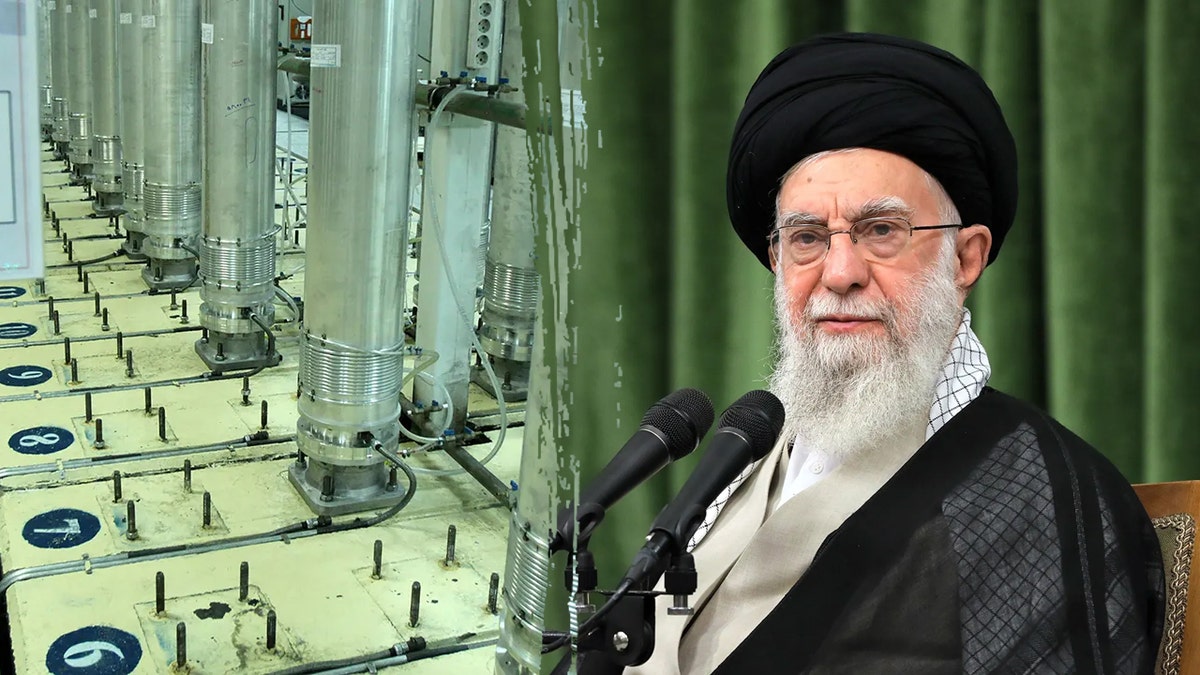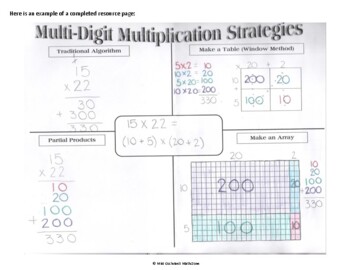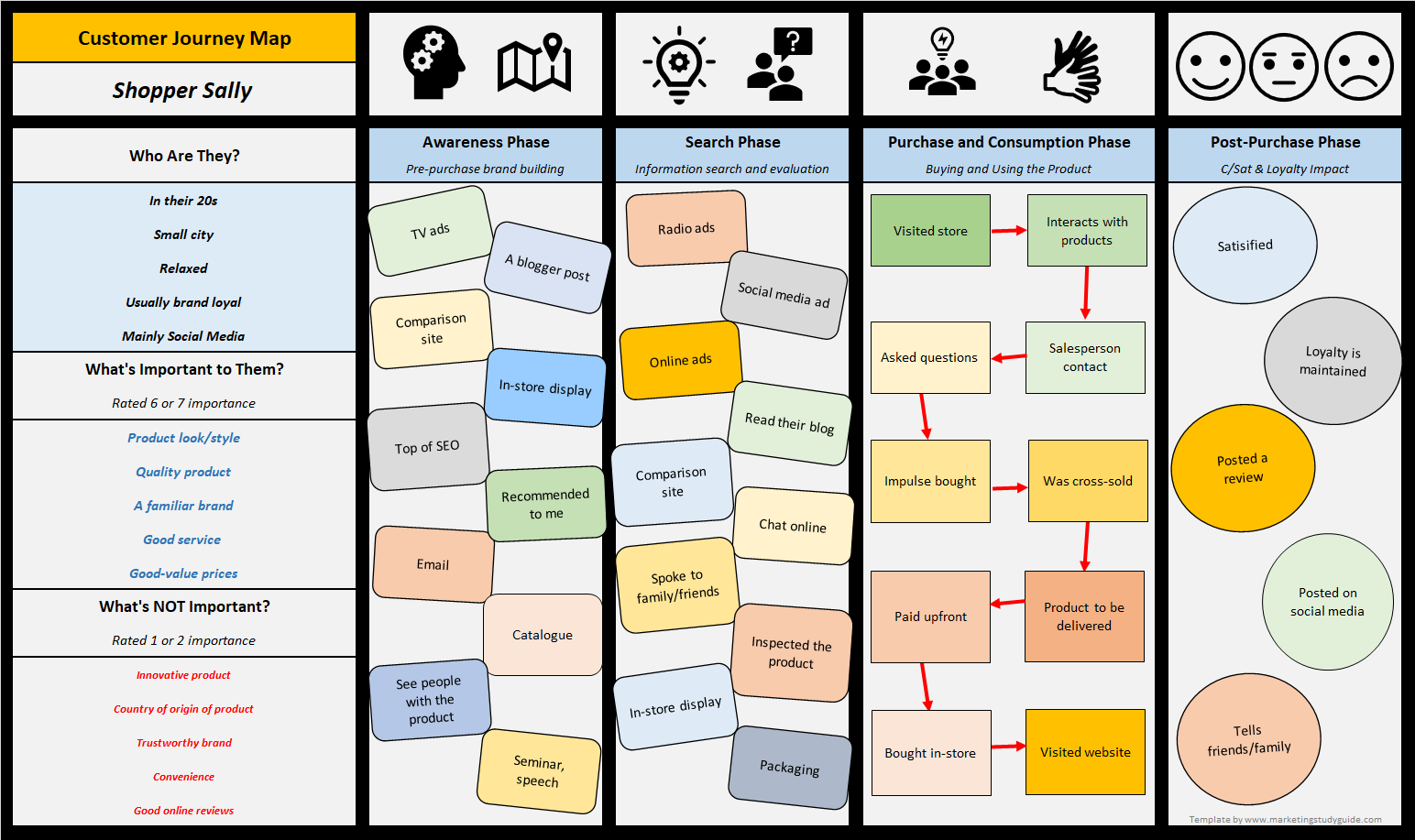U.S.-Iran Nuclear Talks End: Key Differences Remain

Table of Contents
Sanctions Relief Remains a Major Obstacle in U.S.-Iran Nuclear Negotiations
A central stumbling block in the U.S.-Iran nuclear negotiations revolves around sanctions relief. Iran insists on significant sanctions removal as a precondition for returning to full compliance with the Joint Comprehensive Plan of Action (JCPOA), the 2015 nuclear deal. This demand stems from the belief that the U.S. withdrawal under the Trump administration and the subsequent re-imposition of sanctions caused severe economic hardship.
The U.S., however, maintains a more cautious stance. While acknowledging the need for some sanctions relief, the U.S. position emphasizes a phased approach, tied to verifiable Iranian compliance with its nuclear commitments. This approach aims to mitigate the risk of Iran using any economic benefits to further its nuclear ambitions or support destabilizing regional activities.
Verifying Iranian compliance with any sanctions reduction agreement presents a significant challenge. The opaque nature of the Iranian economy and its history of non-compliance raise concerns about the effectiveness of monitoring mechanisms. International bodies, such as the International Atomic Energy Agency (IAEA), play a crucial role in this process but face limitations in their ability to fully monitor all aspects of Iran's activities.
- Specific sanctions targeted by Iran: These include sanctions targeting Iran's oil exports, its central bank, and key industries.
- U.S. concerns about Iran's past non-compliance: Past instances of Iranian non-compliance with the JCPOA fuel U.S. skepticism about the country's commitment to any new agreement.
- The role of international monitoring and verification: The IAEA's role in verifying compliance is paramount, but its effectiveness depends on the transparency and cooperation of the Iranian government.
Iran's Nuclear Enrichment Program: A Central Point of Contention
Iran's nuclear enrichment program is another major point of contention. Iran has significantly advanced its enrichment capabilities, reaching levels that raise concerns about its potential to rapidly produce fissile material for nuclear weapons. This advancement fuels the apprehension of the U.S. and the international community regarding the potential for Iran to develop nuclear weapons.
Iran, however, maintains that its enrichment program is solely for peaceful purposes, intended to generate nuclear energy for civilian applications. This justification, however, fails to allay international concerns given Iran's history of secrecy and its past efforts to develop nuclear weapons technology.
The level of uranium enrichment is the key issue here. Enrichment to higher percentages significantly shortens the time required for producing weapons-grade material. This rapid enrichment capability poses a serious threat to regional and global security.
- Specific enrichment levels and their significance: The higher the percentage of uranium enrichment, the closer it gets to weapons-grade material.
- International Atomic Energy Agency (IAEA) inspections and verification challenges: The IAEA's ability to conduct thorough inspections and verify Iran's enrichment activities is critical, but its access is often limited.
- The potential impact on regional stability: The development of nuclear weapons by Iran would have destabilizing consequences for the entire Middle East.
Regional Security Concerns and the U.S.-Iran Nuclear Deal
Beyond the nuclear program itself, Iran's regional activities, including its support for proxy groups and its involvement in regional conflicts, significantly impact the U.S.-Iran nuclear talks. The U.S. and its regional allies view these activities as destabilizing and a threat to regional security, linking them directly to the nuclear issue.
The U.S. argues that any agreement addressing Iran's nuclear program must also address its destabilizing regional behavior. Failure to address these concerns could lead to further escalation in the region, undermining any potential benefits of a nuclear agreement.
- Specific examples of Iranian regional influence: Iran's support for groups like Hezbollah in Lebanon and its involvement in the Yemeni civil war are key examples.
- U.S. and regional allies' concerns about Iranian actions: These concerns stem from the threat these actions pose to regional stability and the safety of U.S. allies.
- The potential for further escalation in the region: A lack of resolution on regional security issues could lead to proxy conflicts and direct military confrontations.
The Future of the U.S.-Iran Nuclear Talks and Diplomacy
The future of the U.S.-Iran nuclear talks remains uncertain. While the possibility of renewed negotiations exists, several conditions must be met for a successful outcome. These include a significant shift in either side’s position or a substantial change in the geopolitical landscape. The role of international actors, such as the European Union and other world powers, will be critical in facilitating dialogue and mediating between the two sides.
Alternative approaches to managing the Iranian nuclear program, such as strengthening international sanctions or focusing on military deterrence, also warrant consideration. However, these options carry significant risks and may not be as effective as a diplomatic solution.
- Potential scenarios for future talks: These range from a return to the JCPOA with modifications to a completely new framework.
- The influence of changing geopolitical dynamics: Shifts in regional alliances and global power dynamics could impact the negotiation process.
- Alternative strategies for addressing the nuclear issue: These include tougher sanctions, diplomatic pressure from other world powers, and military options, all with potential drawbacks.
Conclusion: The Road Ahead for U.S.-Iran Nuclear Talks
The key differences that remain between the U.S. and Iran—regarding sanctions relief, the scope of Iran’s enrichment program, and its regional activities—represent significant obstacles to a comprehensive agreement. These unresolved issues pose a serious threat to international security and stability. The prospects for future negotiations remain uncertain, highlighting the complexity and fragility of the situation.
Stay updated on the ongoing developments concerning the U.S.-Iran nuclear talks. Understanding the intricacies of this situation is crucial for informed global citizenship and for advocating for peaceful resolutions to complex international conflicts. The future of the U.S.-Iran nuclear negotiations will undoubtedly shape regional and global security for years to come.

Featured Posts
-
 Planning For The Future Red Sox Strategies To Fill O Neills Role
Apr 28, 2025
Planning For The Future Red Sox Strategies To Fill O Neills Role
Apr 28, 2025 -
 Strong Offense And Max Fried Lead Yankees To 12 3 Win Over Pirates
Apr 28, 2025
Strong Offense And Max Fried Lead Yankees To 12 3 Win Over Pirates
Apr 28, 2025 -
 Red Sox Breakout Star An Under The Radar Players Rise To Contender
Apr 28, 2025
Red Sox Breakout Star An Under The Radar Players Rise To Contender
Apr 28, 2025 -
 127 Years Of Brewing History Ends Anchor Brewing Companys Closure
Apr 28, 2025
127 Years Of Brewing History Ends Anchor Brewing Companys Closure
Apr 28, 2025 -
 Where To Invest Mapping The Countrys Top Business Locations
Apr 28, 2025
Where To Invest Mapping The Countrys Top Business Locations
Apr 28, 2025
